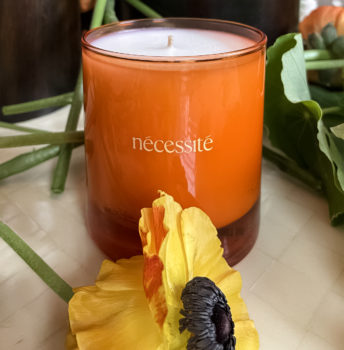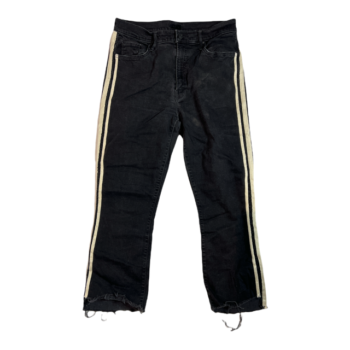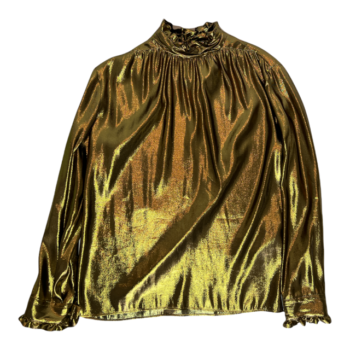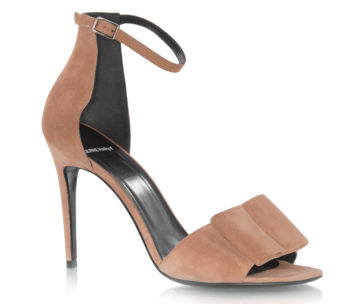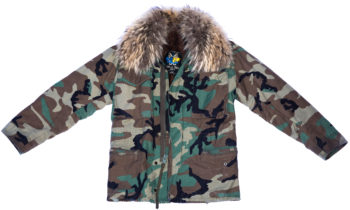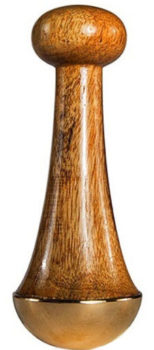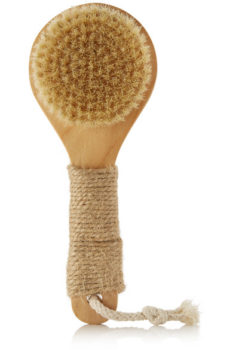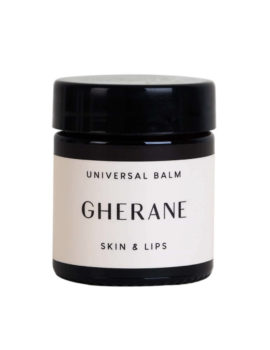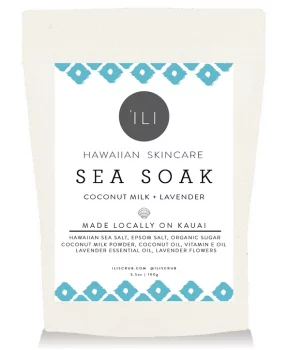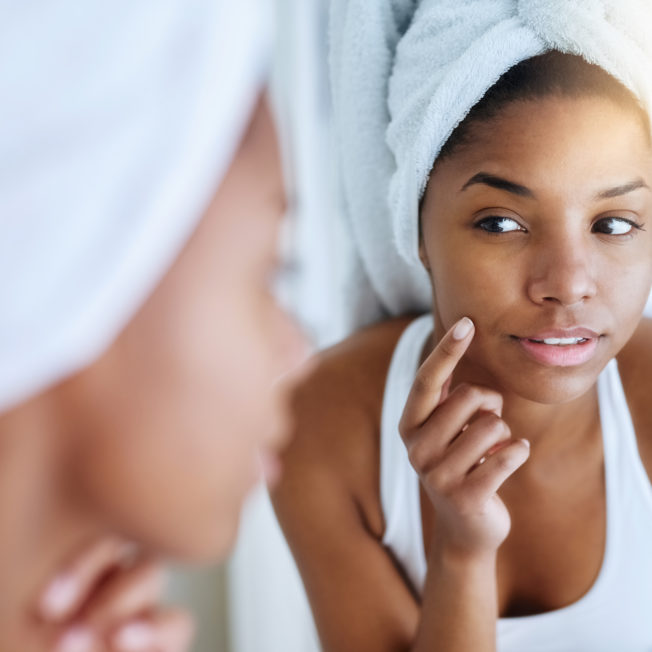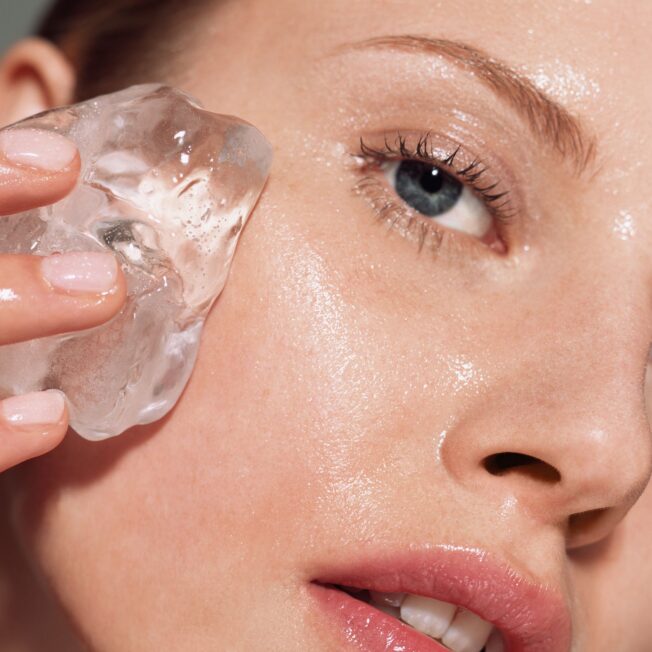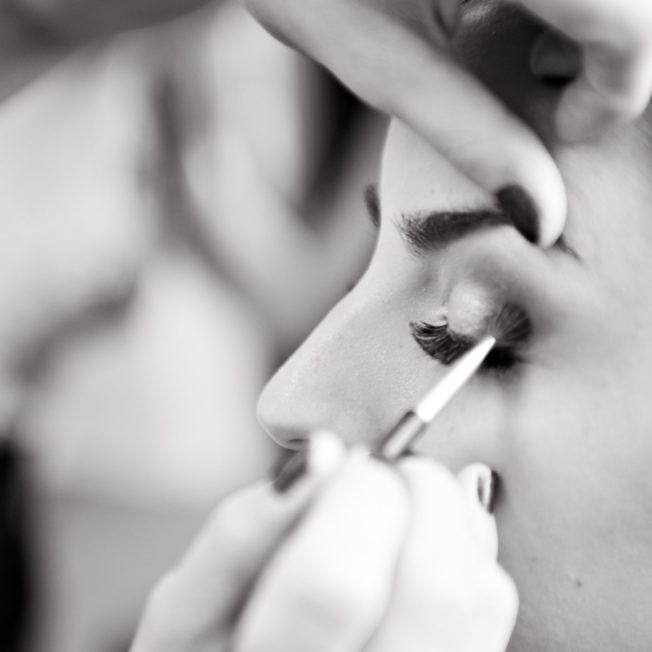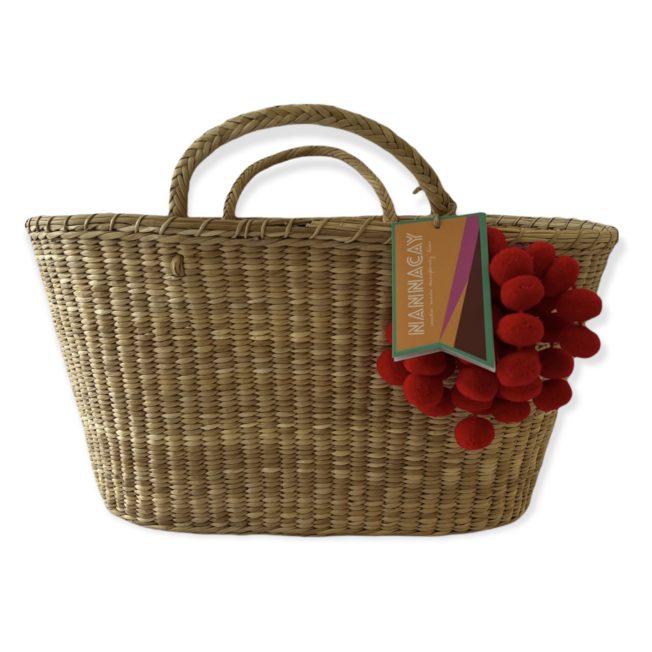In the 1970s, a study was introduced into dermatology textbooks that would affect our understanding of skin health for years to come. The study claimed that diet and nutrition had no bearing on skin issues — and the Western medical community took this information and ran with it for the next 40 years. Only recently was the study re-evaluated and shown to be poorly conducted, uncontrolled, and, well, just plain wrong. Today, doctors agree that food sensitivities and skin conditions are inextricably intertwined.
If you’ve tried all kinds of skincare products, antibiotics, and prescription topical treatments and still haven’t seen an improvement in your skin —whether you struggle with acne, eczema, psoriasis, or dermatitis — you just may find an answer in the four common food-based conditions below.
Gluten (Celiac Disease)
The symptoms of gluten intolerance (aka, celiac disease) have become infamous over the past few years: bloating, indigestion, and fatigue, for starters. But did you know that celiac disease also has a lesser-known counterpart condition — of the skin? It’s called dermatitis herpetiformis and it’s characterized by red, dry, peeling, bumpy patches over the body or face. Outbreaks can be triggered by eating gluten or even applying skincare products that contain gluten.
The only way to know for sure that you’re dealing with dermatitis herpetiformis is to have your doctor administer a test for a gluten allergy or intolerance — or, cut gluten out of your lifestyle and see if the condition improves.
Fungus (Candida)
Our bodies naturally contain a healthy level of fungus and bacteria (which may sound a little gross, but is actually necessary). However, a high-sugar and/or high-carb diet can feed this fungus and result in an overgrowth called candida. Excess candida is responsible for a bevy of health issues, from leaky gut to hormone imbalance; and it also leaves its mark on the skin.
A candida rash can present in many ways: as dermatitis (scaly, dry skin), as an eczema-like rash, or as red bumps along the hairline and on the face (which are easily mistaken for acne). It can also lead to a serious case of dandruff — so if you find yourself dealing with both pimples and dandruff and don’t know why, there’s a good chance it’s candida-based. Cut out sugar, wheat, gluten, and dairy in favor of veggies, quinoa, and fermented foods, and you should notice a vast improvement.
Alcohol
Allergic reactions to alcohol happen all the time — sometimes in extreme ways (like the swelling of the throat and tongue) that require a lifetime ban on wine, beer, and spirits; and sometimes in small ways (like red, itchy skin) that you barely even notice. Dermatitis and rosacea are both exacerbated by alcohol, so keep an eye on your skin the next time you imbibe. It’s possible that cutting back on the cocktails could also help cut back on breakouts.
Soy
Not too long ago, soy was poised to be the next great health food — there was an influx of soy milk, soy protein, and more — but unfortunately, soy has since been proven to be a not-so-healthy choice. When consumed, it mimics estrogen and causes symptoms of hormone imbalance, including bloating and hormonal acne.
It’s not just ingesting soy that presents a problem, though — using skincare products that contain soy may also lead to acne, hives, or rashes. To be on the safe side, opt for almond milk or oat milk instead of soy, and avoid soy-based skincare.
All of that being said, healthy skin is about more than just eliminating the bad stuff — it’s important to add skin-healthy foods to your diet as well. A few good options: Celery juice boosts liver function, which helps it efficiently eliminate toxins and bacteria that could otherwise show up on your skin. Avocados are full of healthy fats that make this skin appear plumper and more hydrated. Eight glasses of water a day keeps skin moisturized from the inside out (not to mention clear and glow-y), and, as always, you can’t go wrong by loading up on the vegetables.






